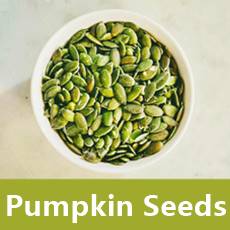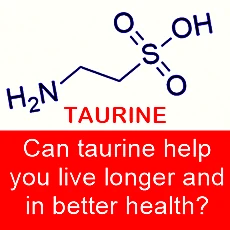Peanut Butter: a healthy food
The Health Benefits of Peanut Butter
Fact Checked
×All the content published in our website is fact checked to validate its accuracy.
Visit our guidelines web page to learn more about our strict processes regarding how we review our content's sources: reliable and reputable journals, media websites, universities, colleges, organizations, and professionals.
Our articles are based on scientific evidence, and the references are included in its footnotes, which are clickable links to sound scientific papers.
First published: 22. Dec.2024
Overview
Peanut butter is an energy-dense food, packed with protein and healthy plant-based chemical compounds that have health benefits for your heart and protect you against diabetes. It can slow down weight gain as you age and is an important ingredient in your healthy lifestyle plan.
Learn how to make your own 100% natural homemade peanut butter without additives or added sugars and fats.
This article explores its benefits and its risks as an allergen.
References and Further Reading
(1) Parilli-Moser I, Hurtado-Barroso S, Guasch-Ferre M, Lamuela-Raventos RM., (2022). Effect of Peanut Consumption on Cardiovascular Risk Factors: A Randomized Clinical Trial and Meta-Analysis. Front Nutr. 2022 Apr 1;9:853378. doi: 10.3389/fnut.2022.853378. PMID: 35433776
(2) Amba V, Murphy G, Etemadi A, Wang S, Abnet CC, Hashemian M., (2019). Nut and Peanut Butter Consumption and Mortality in the National Institutes of Health-AARP Diet and Health Study. Nutrients. 2019 Jul 2;11(7):1508. doi: 10.3390/nu11071508. PMID: 31269682
(3) Jiang R, Manson JE, Stampfer MJ, Liu S, Willett WC, Hu FB., (2002). Nut and peanut butter consumption and risk of type 2 diabetes in women. JAMA. 2002 Nov 27;288(20):2554-60. doi: 10.1001/jama.288.20.2554. PMID: 12444862.ds
(4) Becerra-Tomas N, Paz-Graniel I, Hernandez-Alonso P, Jenkins DJA, Kendall CWC, Sievenpiper JL, Salas-Salvad0 J., (2021). Nut consumption and type 2 diabetes risk: a systematic review and meta-analysis of observational studies. Am J Clin Nutr. 2021 Apr 6;113(4):960-971. doi: 10.1093/ajcn/nqaa358. PMID: 33471083
(5) Freisling H, Noh H, et al., (2017). Nut intake and 5-year changes in body weight and obesity risk in adults: results from the EPIC-PANACEA study.Eur J Nutr. 2018 Oct;57(7):2399-2408. doi: 10.1007/s00394-017-1513-0. Epub 2017 Jul 21. PMID: 28733927
(6) Oregon State University. Resveratrol . Accessed: Dec. 20, 2024
(7) Becerra-Tomas N., Paz-Graniel I., WC Kendall C., Kahleova H., Rahelic D., Sievenpiper J.L., Salas-Salvad0 J. , (2019). Nut consumption and incidence of cardiovascular diseases and cardiovascular disease mortality: A meta-analysis of prospective cohort studies. Nutr. Rev. 2019;77:691–709. doi: 10.1093/nutrit/nuz042.
(8) Liu X, Li Y, Guasch-Ferre M, Willett WC, Drouin-Chartier JP, Bhupathiraju SN, Tobias DK. , (2019). Changes in nut consumption influence long-term weight change in US men and women. BMJ Nutr Prev Health. 2019 Sep 23;2(2):90-99. doi: 10.1136/bmjnph-2019-000034. PMID: 33235963
(9) Arya SS, Salve AR, Chauhan S., (2016). Peanuts as functional food: a review. J Food Sci Technol. 2016 Jan;53(1):31-41. doi: 10.1007/s13197-015-2007-9. Epub 2015 Sep 19. Erratum in: J Food Sci Technol. 2024 Nov;61(11):2222. doi: 10.1007/s13197-024-06021-0. PMID: 26787930
(10) Patel R, Koterba AP., (2023). . Peanut Allergy. 2023 Jul 4. In: StatPearls [Internet]. Treasure Island (FL): StatPearls Publishing; 2024 Jan–. PMID: 30860761
About this Article
Peanut Butter: healthy food, A. Whittall
©2024 Fit-and-Well.com. First Published: 22.Dec.2024. Update scheduled for 22.Dec.2027. https://www.fit-and-well.com/diet-food/peanut-butter.html
Tags: peanuts, peanut butter, nuts, heart, diabetes, allergy, weight gain, recipes




